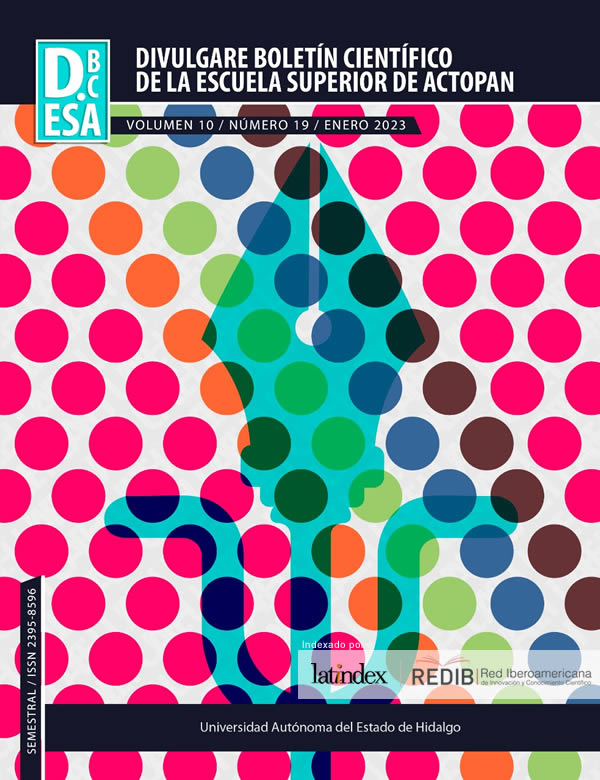Searching for a change in gender violence perpetrators
Intervention Alternatives
Abstract
In the last few years there has been quite a lot of criticism about the Intervention programs for abusive men, not only on their framework but also upon their ideological basis. This work is not meant to be an exhaustive review nor its intention is to continue with the debate over such criticism. We simply wish to clearly describe three models of Intervention and explain the theory of change which many stakeholders take for granted, but are not always explicitly mentioned. The first two models are widely known but the third one is an integrative model named “psycho-social-educational” and was developed by RETEM in Argentina. We would like to explain the main features of this model to the academic community and also to our government officials who still ignore the scope of our interventions.
Downloads
References
Adams, D., & National Clearinghouse on Family Violence (Canada). (1995). Counseling men who batter: A profeminist analysis of five treatment models. Ottawa: Health and Welfare Canada.
Babcock, J., Green, Ch., Robie, Ch. (2004): Does batterers´ treatment work? A meta-analytic review of domestic violence treatment, Clinical Psychology Review, Pergamon, USA.
Babcock J. (2016) et al.: A proposal for evidence based standards in the USA, Partner Abuse, Volume 7, Issue 4, Springer Publishing.
Beck, A., Freeman, A., Davis, D. y otros (2012): Terapia cognitiva de los trastornos de la personalidad, Espasa libros, Ed. Paidós, Barcelona, España.
Dutton, M.A, Goodman, L. (2005): “oercion in Intimate Partner Violence: Toward a New Conceptualization Sex Roles, Vol. 52, Nos. 11/12, DOI: 10.1007/s11199-005-4196-6
Dutton, D. y Golant. S. (1997): El hombre golpeador, un perfil psicológico, Ed. Paidós, Buenos Aires, Argentina.
Kaufman, M. (2017): Las siete P´s, página de internet en español, Toronto, Canadá. Disponible en www.michaelkaufman.com
Payarola, M. (2001): Resumen de la primera investigación argentina realizada con varones que ejercen violencia en una ONG sita en la Ciudad autónoma de Buenos Aires, sin publicar.
Payarola, M. (comp.) (2015): Violencia masculina en Argentina, Ed. Dunken, Buenos Aires, Argentina.
Payarola, M. (comp.) (2019): Intervenciones en violencia masculina, Ed. Dunken, Buenos Aires, Argentina.
Payarola, M. A. (2021): Evaluación de un programa psico-socio-educativo para hombres que ejercen violencia, en Buenos Aires, Argentina. Marzo de 2021. DIVULGARE Boletín Científico De La Escuela Superior De Actopan, 8(16), 38-42. https://doi.org/10.29057/esa.v8i16.7465
Paymar, M. (2000): Violent no more, Hunter House, Inc., Alameda, CA, USA.
Prochaska, J.O. Di Clemente, C.C. and Norcross, J.C. (1992) In search of how people change: Applications to addictive behaviours. American Psychologist, 47, 1102-1114”.
Russell, M. y Frohberg, J. (1998): Confronting Abusive Beliefs. A group treatment program for men who abuse their partners, Second Edition, Violence Prevention Division Health Canada,
Stefanakis, H. (1999): Modelo transteórico de cambio: Un modelo heurístico para la exploración acerca de cómo terminar con la violencia del hombre hacia la mujer- Parte I – Trabajando con hombres, Ponencia en el Congreso organizado por la Asociation of Counsellors of Abusive Men (A.C.A.M.), Vancouver, Canadá. Traducción: Mario Payarola.
Walker, L. (2012): El sindrome de la mujer maltratada, Ed. Desclée de Brouwer, Bilbao, España.










